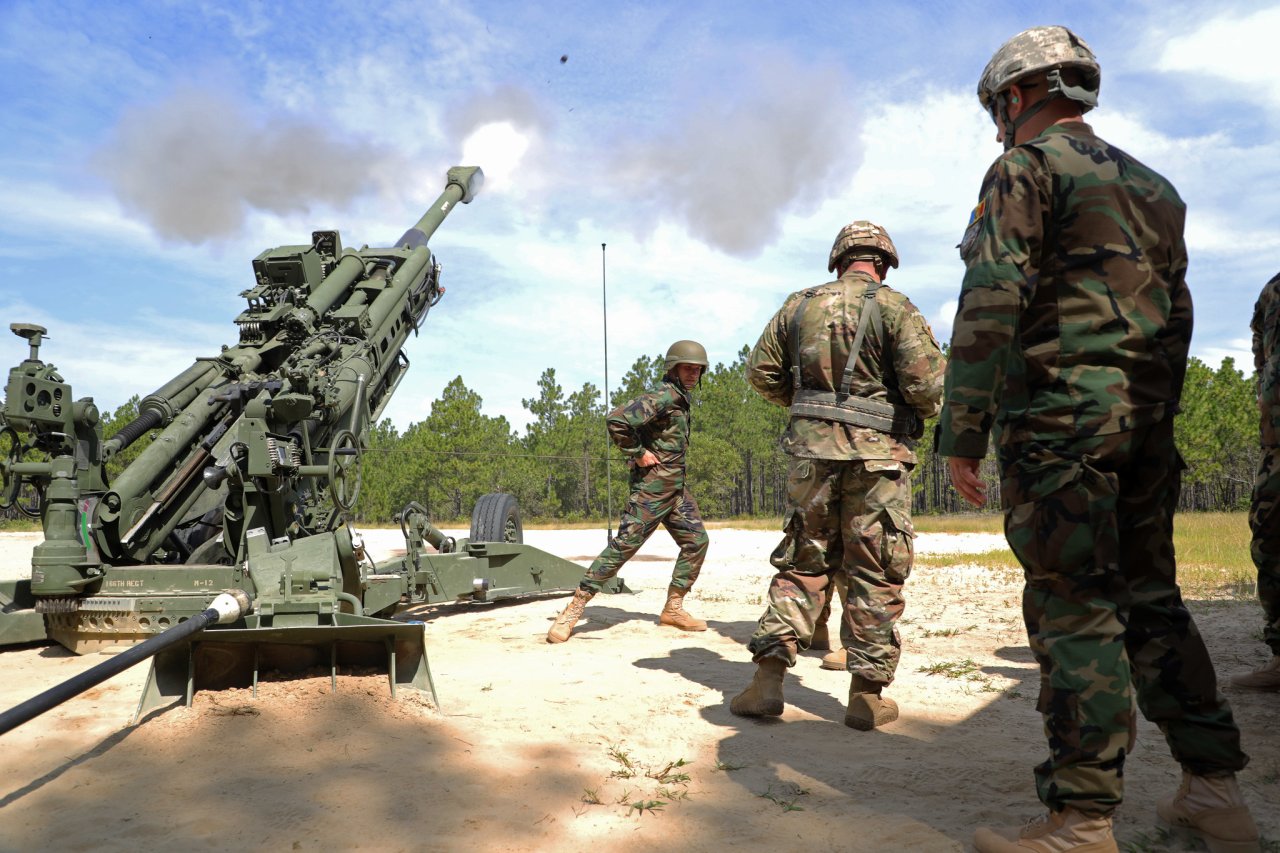As negotiations between the United States and the Taliban continue, it is increasingly clear that even if an agreement emerges, any U.S. troop withdrawal from Afghanistan will be partial, not total. President Donald Trump recently confirmed that point. “Oh yeah, you have to keep a presence,” Trump said in an interview with Fox News radio. “We’re going to keep a presence there.” He did indicate that the current troop level of more than 14,000 was being reduced to 8,600. Further reductions might take place if a final accord could be reached, but a sizable contingent of Special Forces personnel, intelligence operatives, and military contractors would remain indefinitely.
Disappointed advocates of a complete withdrawal from America’s longest war believed that, once again, the president listened to military leaders and congenital hawks such asSen. Lindsey Graham (R-SC) and backed away from his intention to extricate the United States from the seemingly interminable conflict. A similar pattern had emerged in the summer of 2017, when National Security Adviser H. R. McMaster, Secretary of Defense James Mattis, and other advisers successfully prevailed on Trump to abandon the pledgehe made during the 2016 presidential campaign to terminate the Afghanistan mission.
It is an oversimplification to blame the influence of nefarious hawks for Trump’s desire to keep a U.S. military footprint (albeit a smaller one) in Afghanistan. His move is consistent with more than seven decades of U.S. security policy around the world. Since the end of World War II, the United States has practiced its own version of the Cold War-era Brezhnev Doctrine. Moscow’s policy, named after Soviet leader Leonid Brezhnev, asserted that once a country became a member of the communist camp, it must always remain a member. The U.S. version has meant that once a nation becomes a security dependent of the United States, it forever remains a U.S. security dependent, and once Washington establishes a significant military footprint in a country, that footprint will endure.
It has been a strikingly consistent pattern. The United States still has troops stationed in Europe and Japan long after World War II ended. Even the collapse of the Warsaw Pact and the Soviet Union itself led only to a reduction, not the elimination, of the U.S. troop presence in Europe. Similarly, Washington continues to station nearly thirty thousand troops in South Korea, even though that country now has twice the population and an economy nearly fifty times larger than North Korea’s economy, and the bipolar Cold War context no longer has the slightest relevance.
Even in the rare cases that U.S. leaders agree to terminate a U.S. military footprint, the move is made grudgingly, and Washington never gives up trying to orchestrate a reversal of that outcome. It took an emphatic vote of the Philippines Senate and the massive eruption of a volcano that buried the relevant U.S. air base to get the United States to withdraw its forces from that country in the early 1990s. Moreover, as soon as U.S. officials could tout the threat of Islamic terrorism and the rise of China’s military power, they exploited those justifications to restore the U.S. military presence. The revived footprint is becoming ever larger, with new, permanent facilities being constructed. Perhaps the most outrageous aspect of the U.S. return is that it is being implemented through a 2014 Enhanced Defense Cooperation Agreement that brazenly bypassed the lawful treaty power of the Philippines Senate.
Camp David Accords: Menachem Begin and Anwar Sadat begin peace discussions at Camp David, Maryland.
James Glaisher, pioneering meteorologist and Henry Tracey Coxwell break world record for altitude whilst collecting data in their balloon.
When Washington launched the Iraq War in 2003, U.S. officials assured skeptical Middle East populations that they had no intention of establishing a permanent military presence in Iraq. President George W. Bush even negotiated an agreement with Baghdad’s new democratic government to withdraw all U.S. troops by the end of 2011. Despite intense lobbying by (mostly Republican) hawks to renege on that commitment and negotiate a Status of Forces Agreement to keep American forces in Iraq, President Barack Obama honored the withdrawal deadline. But Washington promptly seized on the Islamic State menace to send troops back into the country. The Islamic State also became the justification for inserting U.S. troops into neighboring Syria, and despite the Trump administration’s insistence that the Islamic State has been defeated and the caliphate it established no longer exists, there is no indication that the U.S. military footprint in either country will end in the foreseeable future. At best, there is vague mumbling about possible troop reductions.
Unfortunately, that is the likely scenario for the Afghanistan mission as well. The United States does not practice the old-style imperialism of conquest, the establishment of colonies, and the use of direct rule. Instead, U.S. imperialism consists of creating patron-client relationships with security dependents and enforcing that policy through a global network of military bases. Nevertheless, it is an imperial policy, and the U.S. military footprint in a client state becomes as permanent as if it were encased in concrete. Afghanistan is merely the latest arena in which that model is being used.
Ted Galen Carpenter, a senior fellow in security studies at the Cato Institute and a contributing editor at the National Interest, is the author of thirteen books and more than eight hundred articles on international affairs. His latest book is NATO: The Dangerous Dinosaur (forthcoming September 2019).

No comments:
Post a Comment